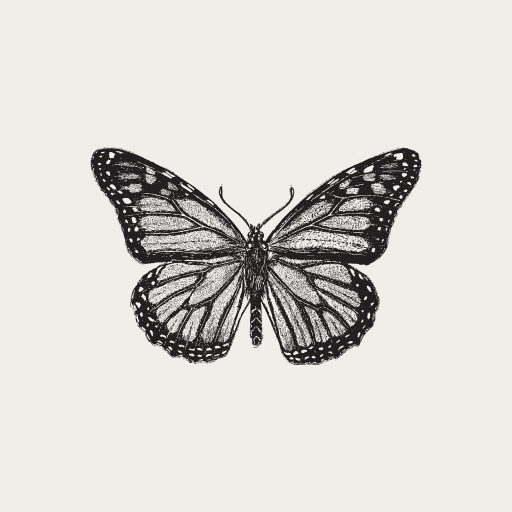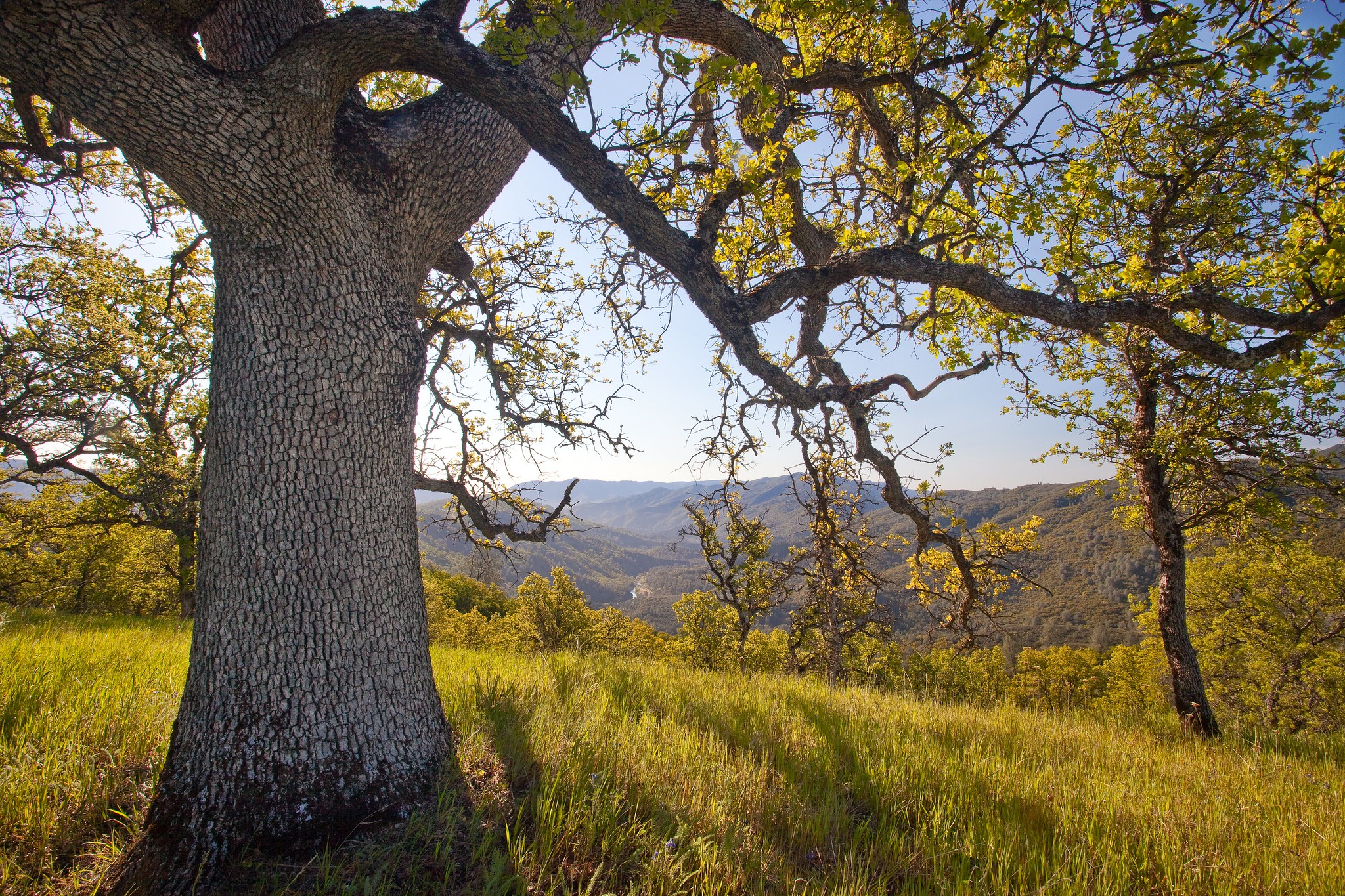Plant Species That Feed and Shelter Bird Populations
Birds are a vital part of our ecosystems, contributing to pest control, pollination, and seed dispersal. By choosing native plants for your garden, you can create an inviting sanctuary for these beautiful creatures. Native plants provide birds with the food, shelter, and nesting sites they need to thrive. In this article, we’ll explore how planting native species can help you attract birds to your garden and support their populations.
Why Native Plants are Essential for Birds
Native plants are perfectly suited to local climates, soil types, and wildlife. They have evolved alongside the birds and other local creatures, making them the most reliable and beneficial option for supporting biodiversity. Unlike non-native plants, which can often fail to provide the right nutrients or habitat for birds, native plants are an essential part of a bird-friendly ecosystem.
- Food Sources for Birds:
Many birds rely on specific native plants for food, whether it’s seeds, berries, nectar, or insects. By choosing plants that produce these foods, you can create a garden that attracts a variety of bird species. For example, berry-producing plants like serviceberry and elderberry provide food for fruit-eating birds, while native grasses offer seeds for seed-eating birds. - Shelter and Nesting Sites:
Birds need places to rest, hide from predators, and raise their young. Native plants such as trees, shrubs, and grasses offer the perfect habitat. Dense shrubs provide shelter, while tall trees offer perches and nesting opportunities for birds. Some plants, like hollies and cedars, have dense, evergreen foliage that can provide year-round cover. - Supporting Migratory Birds:
Migratory birds depend on native plants as a stopover point during their long journeys. Planting native flowers, shrubs, and trees along migratory routes can provide these birds with food, shelter, and rest on their travels. Native plants help ensure that these birds have the resources they need to complete their migrations successfully.
Best Native Plants for Attracting Birds
Here are some excellent native plant species that can provide food and shelter for a variety of bird species:
- Serviceberry (Amelanchier spp.):
Serviceberry is a small tree or shrub that produces sweet, blueberry-like fruits that are highly attractive to birds, including robins, cedar waxwings, and bluebirds. It also provides shelter with its dense branches, making it a perfect addition to any bird-friendly garden. - Elderberry (Sambucus canadensis):
Elderberries are packed with nutrients and are loved by many bird species, such as grouse, pheasants, and woodpeckers. The large clusters of berries appear in late summer and fall, providing food for birds during the colder months when other food sources may be scarce. - Sunflower (Helianthus spp.):
Sunflowers are well-known for their large, seed-filled heads, which attract a variety of seed-eating birds, including finches, chickadees, and sparrows. These vibrant flowers are also excellent for attracting pollinators, making them a great addition to a bird-friendly garden. - Goldenrod (Solidago spp.):
Goldenrod is an important plant for attracting both pollinators and birds. Its seeds are a food source for many bird species, including goldfinches, who are especially fond of the seeds. Additionally, goldenrod attracts insects that are a food source for insectivorous birds. - Virginia Creeper (Parthenocissus quinquefolia):
This climbing vine produces small berries in late summer that attract birds, especially during migration. The vine’s dense foliage also provides shelter and nesting sites for a variety of bird species, from sparrows to warblers. - Black-eyed Susan (Rudbeckia hirta):
The seeds of black-eyed Susan flowers are a favorite for seed-eating birds like finches and sparrows. Their bright yellow petals also attract pollinators, which in turn provide food for insectivorous birds. - Winterberry Holly (Ilex verticillata):
This deciduous shrub produces bright red berries that attract many bird species, including robins, thrushes, and cedar waxwings. Its dense, bushy form offers excellent shelter for birds, making it a great year-round addition to your garden. - New Jersey Tea (Ceanothus americanus):
New Jersey tea produces small, fragrant white flowers that attract pollinators like bees and butterflies, which provide food for insect-eating birds. The plant also produces small seeds that are enjoyed by sparrows and other seed-eating birds. - Spicebush (Lindera benzoin):
Spicebush is a deciduous shrub that produces small, bright red berries in the fall. These berries are a favorite food for many bird species, including cardinals and thrushes. The dense foliage provides excellent cover and nesting sites for birds.
Creating a Bird-Friendly Garden
To create a garden that attracts birds, it’s important to provide a variety of native plants that serve different needs. Here are some tips to make your garden more appealing to birds:
- Layered Planting:
Incorporate a mix of trees, shrubs, and groundcovers to create layers of habitat. Birds will use different levels of the garden for food, shelter, and nesting. - Year-Round Food Sources:
Select plants that provide food throughout the year. For example, early spring bloomers like serviceberry can feed birds in the spring, while plants like winterberry holly offer berries in the winter. - Water Sources:
Birds need water for drinking and bathing. Consider adding a birdbath or small pond to your garden to provide a year-round water source. - Avoid Pesticides:
Pesticides can harm birds and reduce their food sources. Instead, use organic gardening practices to protect both your plants and the birds that visit your garden. - Provide Shelter:
Dense shrubs, trees with low branches, and tall grasses can offer shelter from predators and harsh weather. Consider planting evergreens for year-round cover.
Create a Haven for Birds—Plant Native!
By planting native species in your garden, you can create a thriving habitat that attracts a wide variety of birds. Native plants provide the food, shelter, and nesting sites that birds need to survive and flourish. Whether you’re a seasoned gardener or just starting out, incorporating these plants into your landscape can make a real difference in supporting bird populations and enhancing biodiversity.
Ready to attract more birds to your garden? Start planting native species today and create a sanctuary for our feathered friends. From providing food to offering shelter, your garden can become an essential part of a bird-friendly ecosystem.
FAQ: How to Attract Birds to Your Garden with Native Plants
Native plants are well-suited to local climates and wildlife. They provide the necessary food, shelter, and nesting sites for birds, supporting biodiversity and creating a healthier environment for bird populations.
Planting berry-producing plants like serviceberry and elderberry, seed-filled sunflowers, and insect-attracting goldenrod provides a variety of food for different bird species, from fruit-eaters to seed-eaters and insectivores.
Incorporate dense shrubs, trees, and tall grasses to provide shelter from predators and harsh weather. Evergreen plants like hollies and cedars offer year-round cover, while shrubs and vines serve as nesting sites.
Some great options include serviceberry, elderberry, sunflower, goldenrod, and winterberry holly. These plants offer both food (berries, seeds, and nectar) and shelter for a variety of bird species.
To support birds throughout the year, plant a mix of native species that provide food and shelter across all seasons. Include early bloomers like serviceberry for spring, and late-season plants like winterberry holly for winter food sources.




